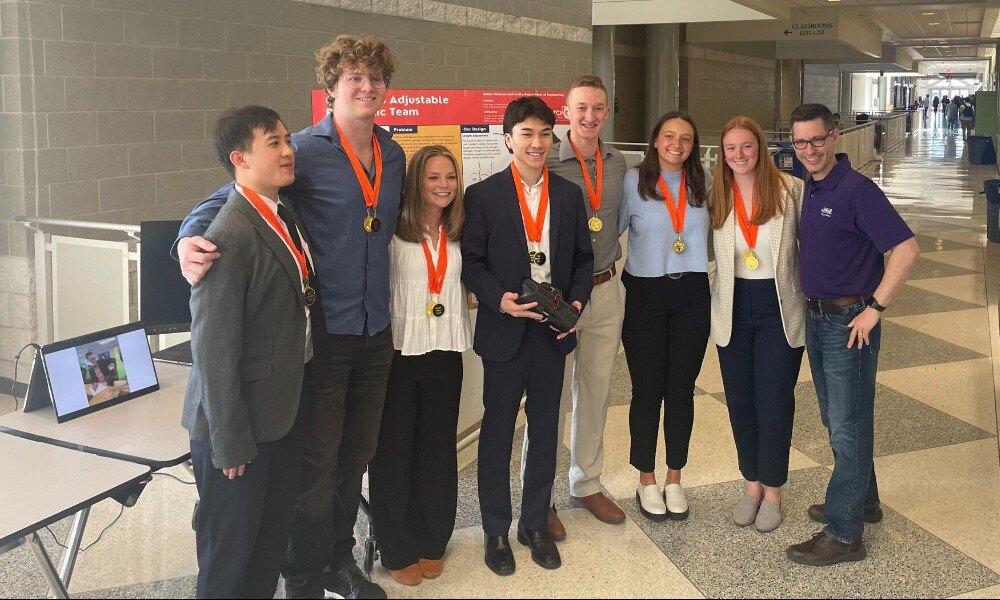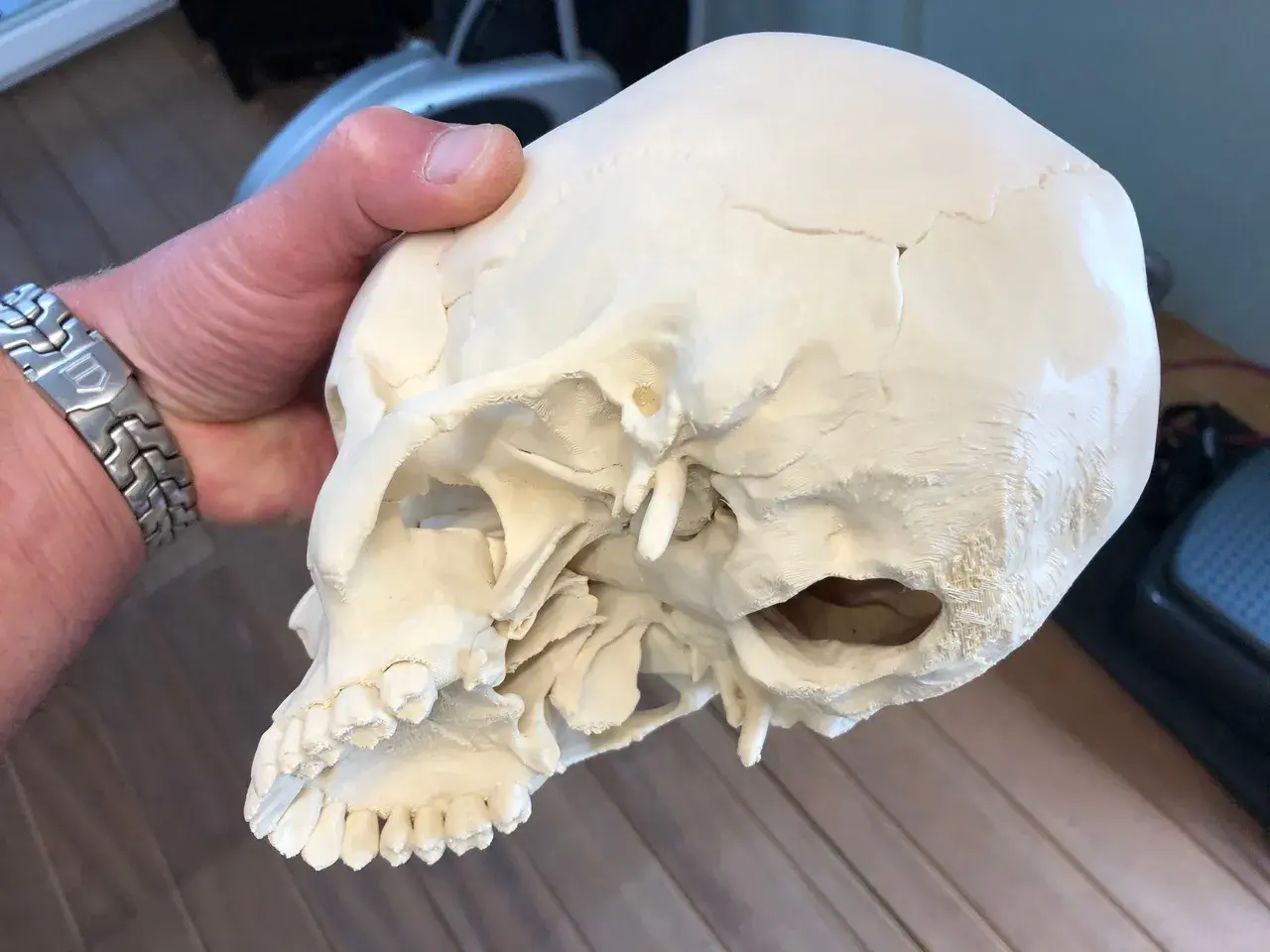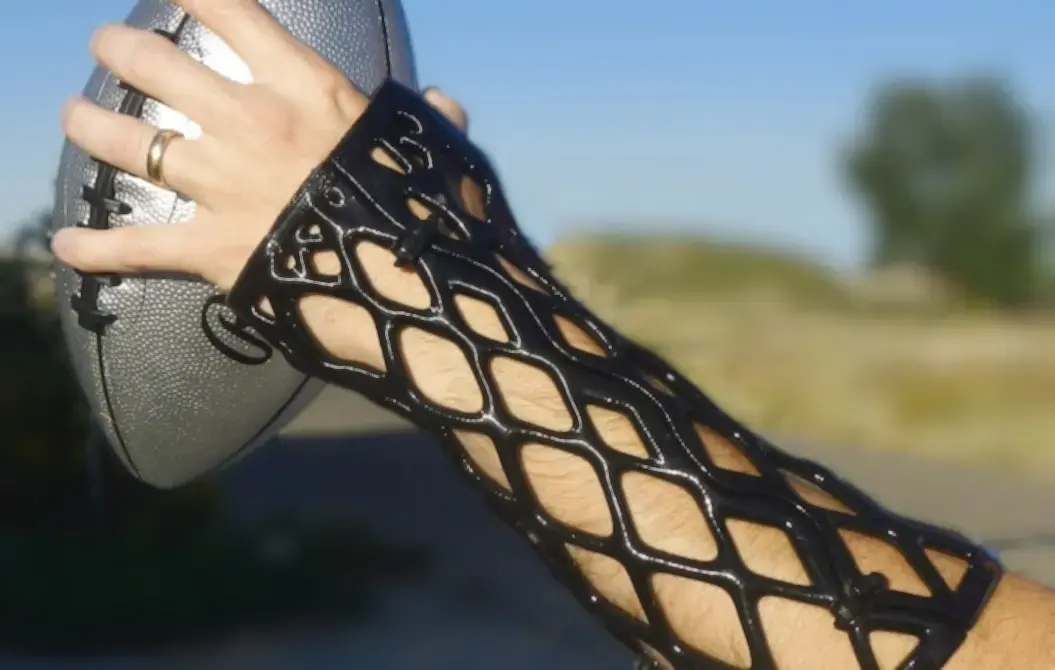“Some people were very encouraging,” she says. “But others treated me a bit differently, a bit separately.”
Surkhet, Nepal: Sabina is 20 years old, living in Surkhet, and for the first time in her life, walking feels a little easier.


She recently received a custom-made prosthetic limb — replacing the one she had used since the age of six — through an innovative initiative using 3D printing technology to make assistive devices more accessible for children and adolescents with limb loss.
Sabina lost her leg in a fire when she was just two months old. The accident happened in her family’s home in Jajarkot, while her mother had stepped outside. Her earliest memories include crawling on her knees and the challenges of learning to walk with one leg.
For years, Sabina managed with an old prosthetic, but it was heavy, outdated and poorly suited to her growing body. Things changed when she was contacted by the Center for Disabled Children Association (CDCA), one of the local partners implementing a UNICEF-supported project - with contributions from the Government of Norway - in collaboration with the Ministry of Health and Population, UCL’s Global Disability Innovation Hub, Enabling Friday’s Consortium, AT2030 and Ugani Prosthetics.



The project harnesses 3D printing and mobile scanning to produce custom-fit prosthetic limbs that are more affordable, faster to make, and tailored to each person’s needs. Rather than importing standardised models, it uses open-source tools and digital measurements to ensure better comfort and function — especially in underserved, disaster-affected areas like Karnali Province.
“For people who’ve had amputations, especially children, social integration can be really hard,” says Ashish, a project manager with CDCA. “Many drop out of school or stop participating in daily life. With these prosthetics, they’re able to return to the activities they loved.”

For Sabina, the new limb has already made a difference. “This one is much better than my old one,” she says. “I feel very grateful.”
She’s now preparing to apply for her teaching license and hopes to share what she’s learned — in life and in school — with the next generation. “I want to use my experiences, even my weaknesses, to guide others. That’s why I want to be a teacher.”

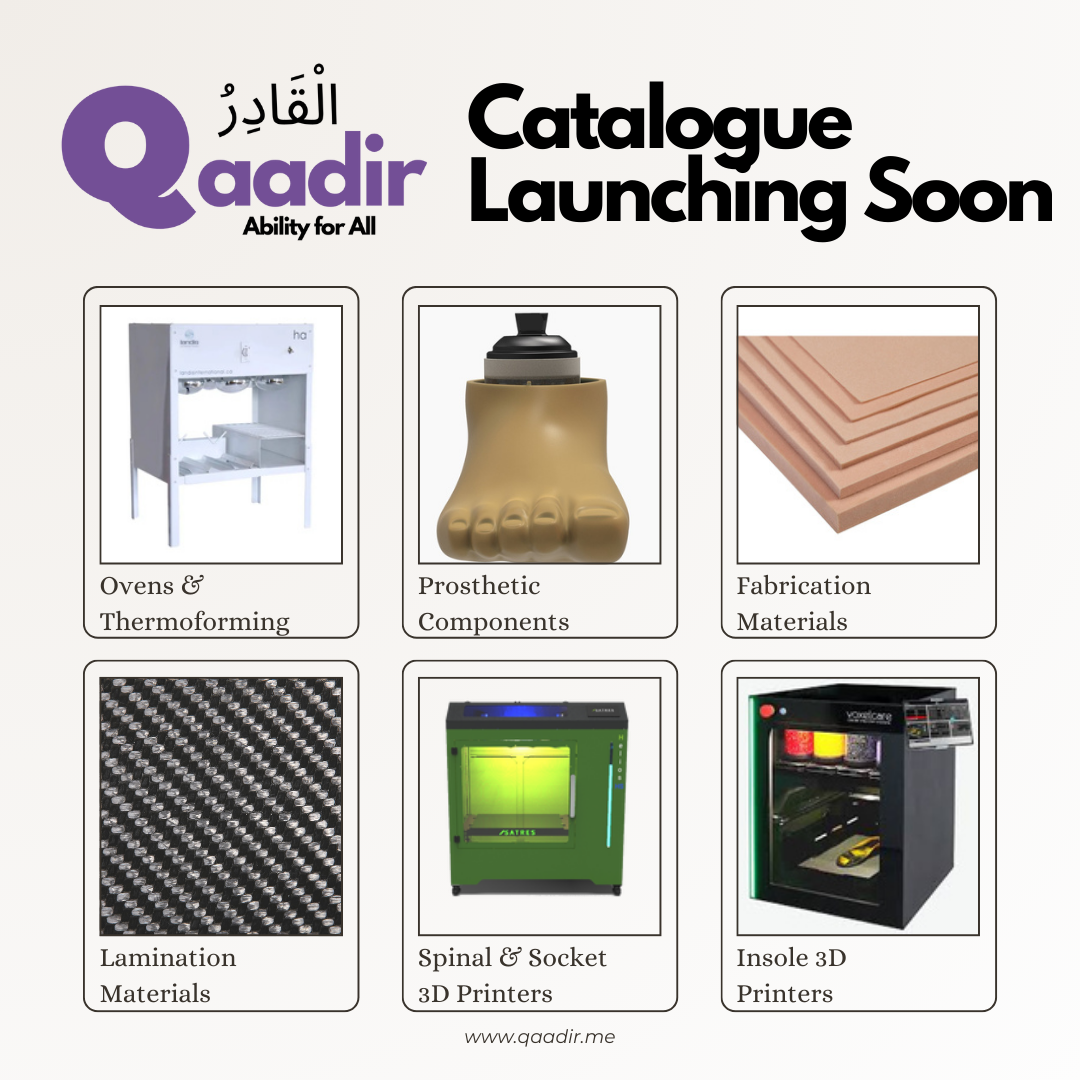
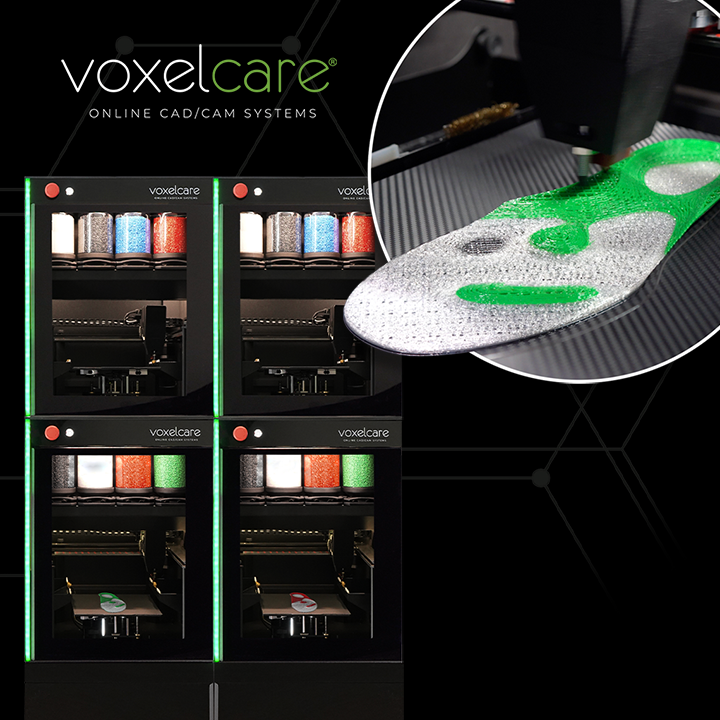

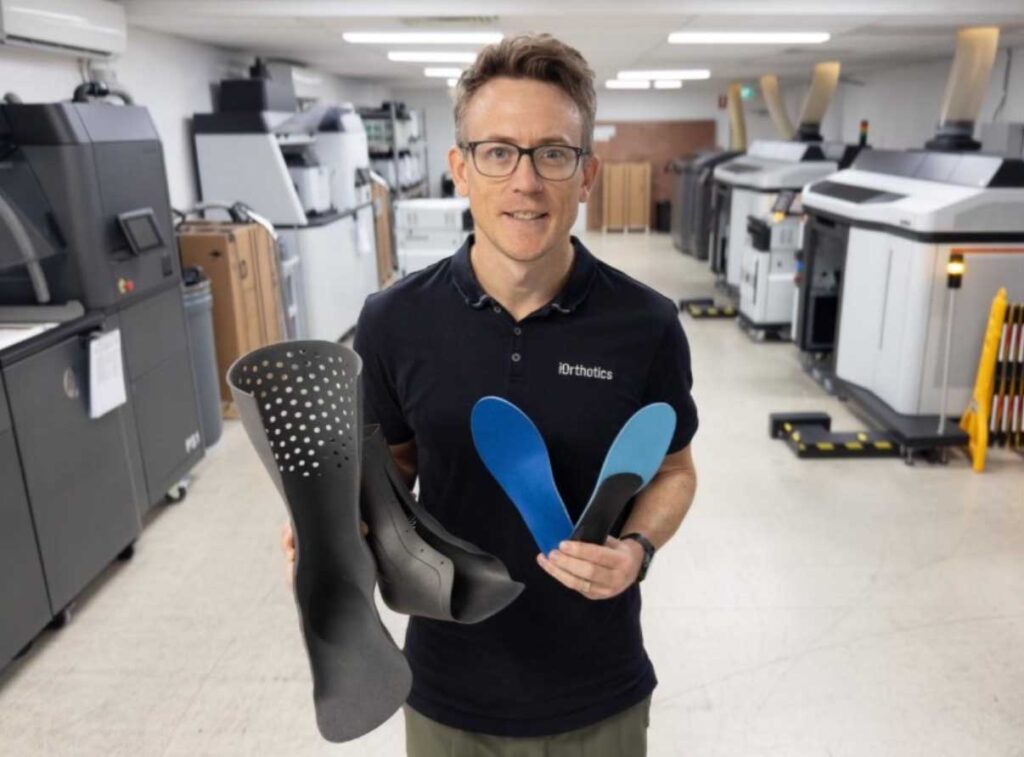
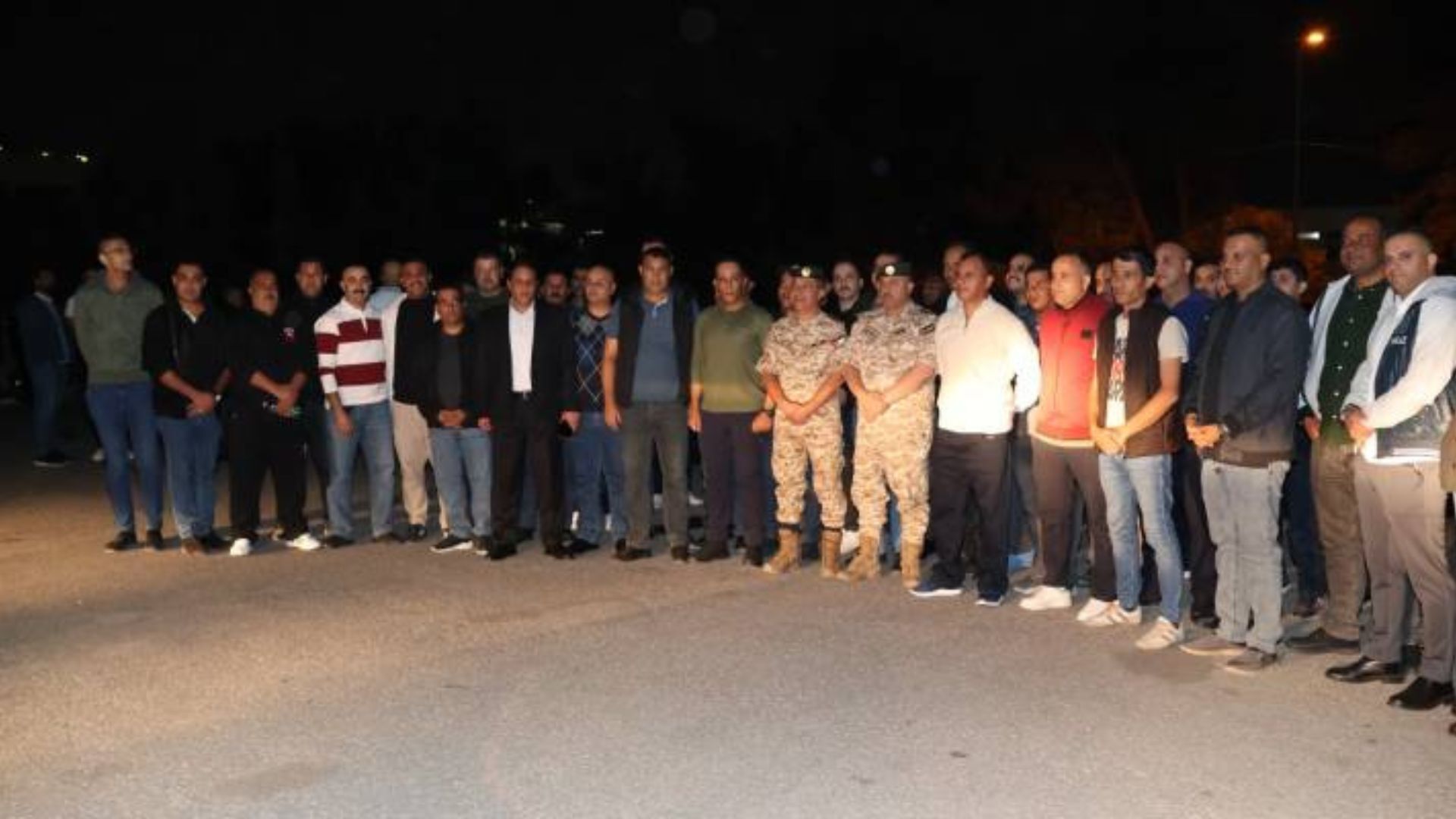
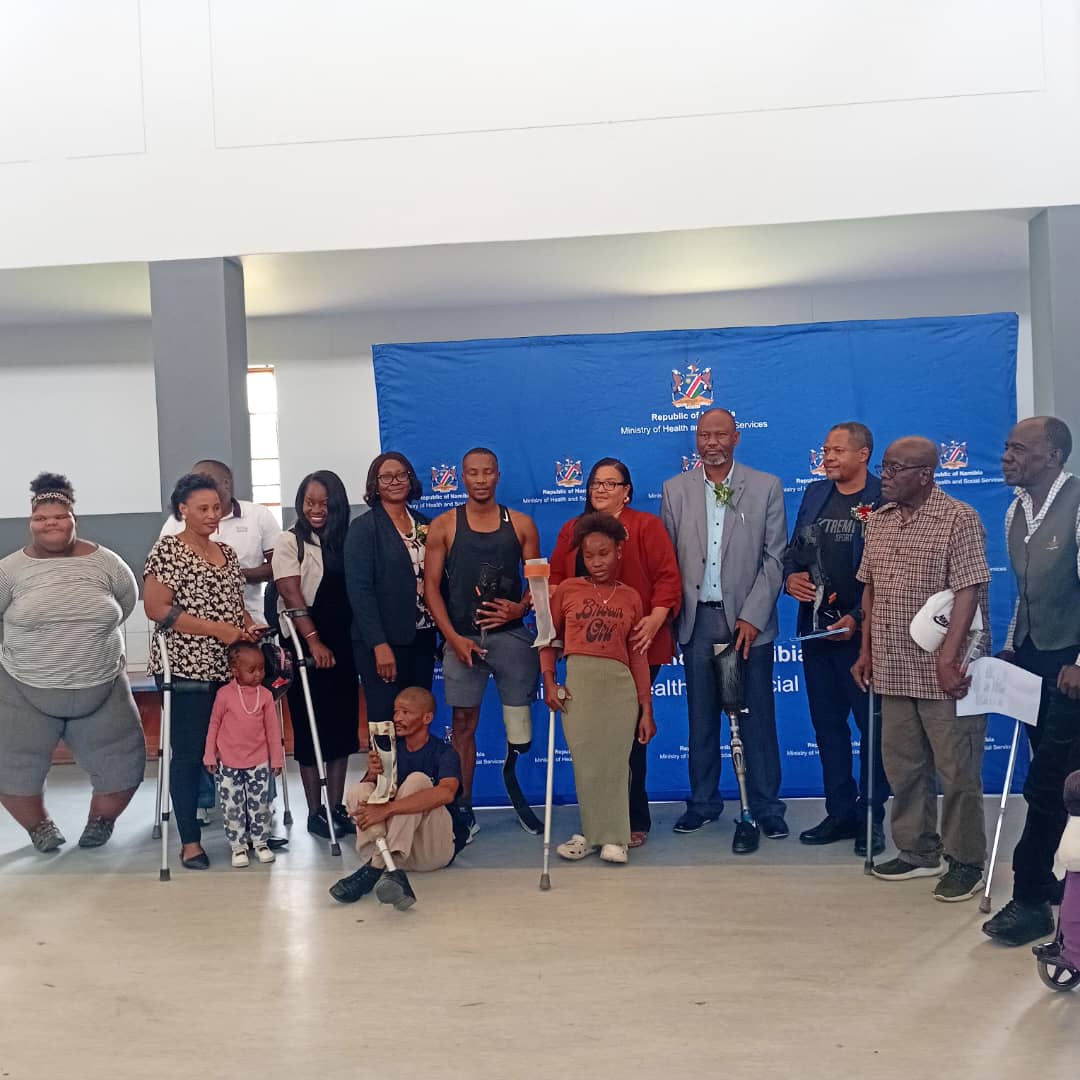
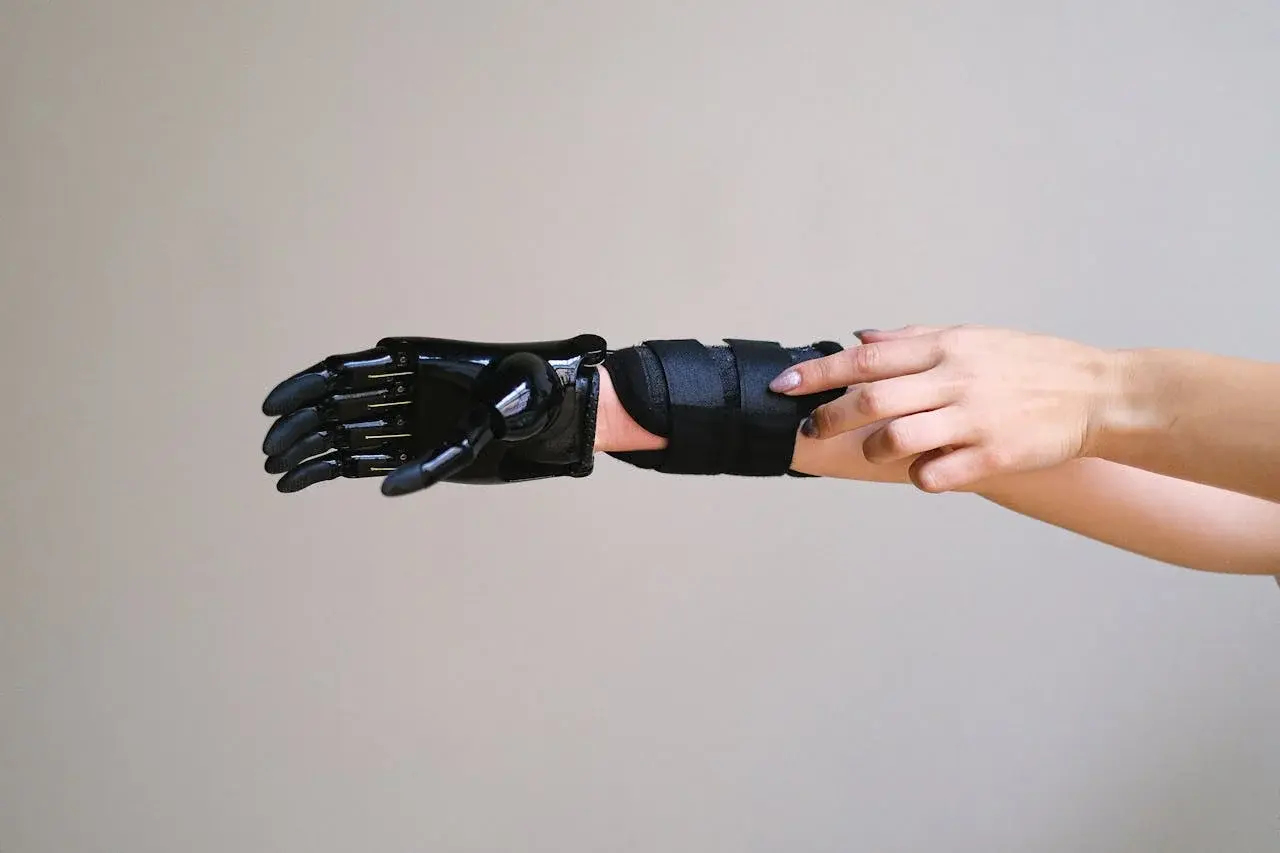
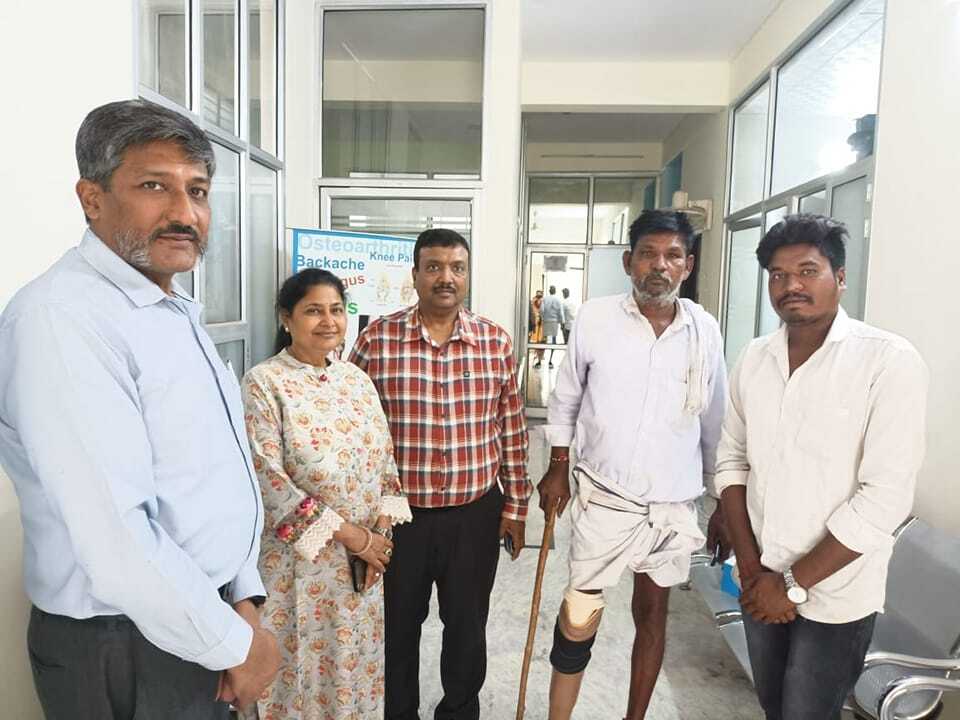
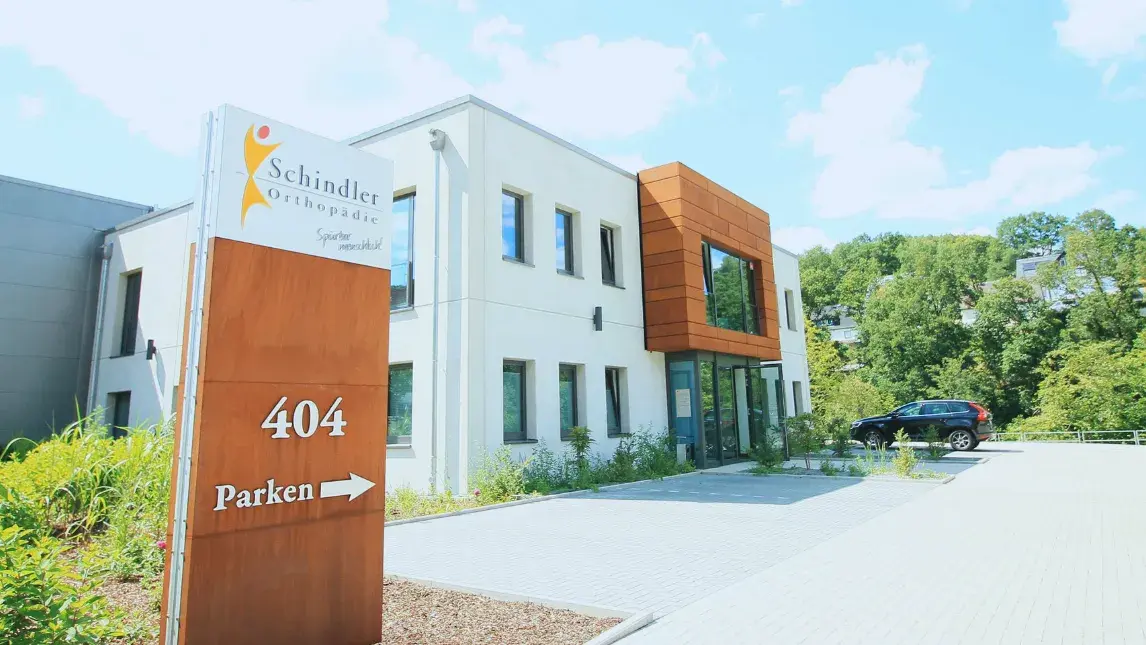

-1.png)
